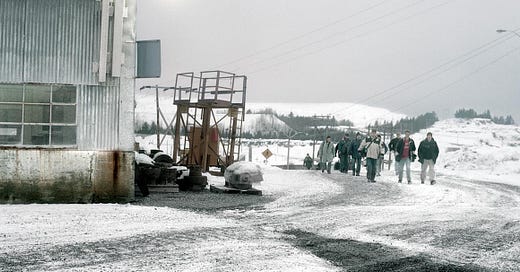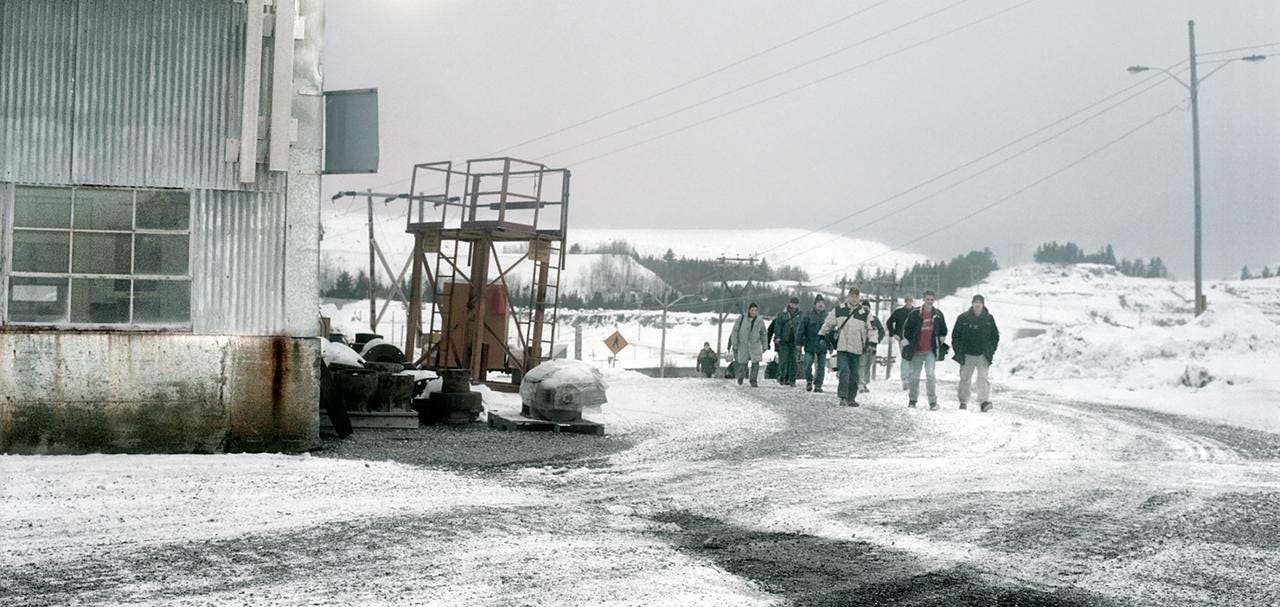The Last Breaths of a Dying Asbestos Mine
Nearly everyone else on the planet agrees the age of asbestos is over. But the generations of men who’ve built their lives harvesting this powerful poison aren’t ready to turn out the lights.
Keep reading with a 7-day free trial
Subscribe to Narratively to keep reading this post and get 7 days of free access to the full post archives.




